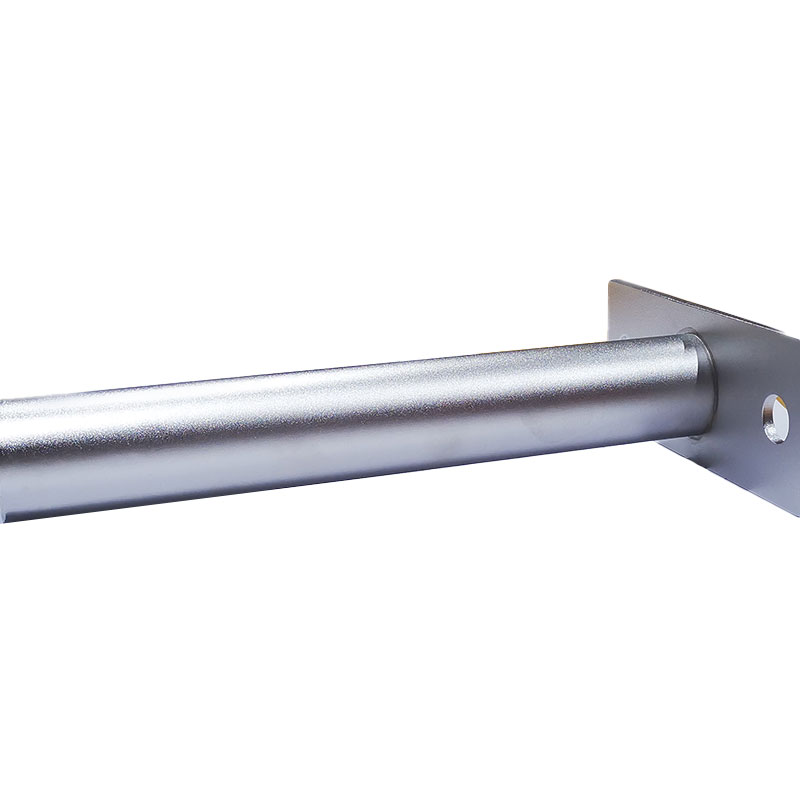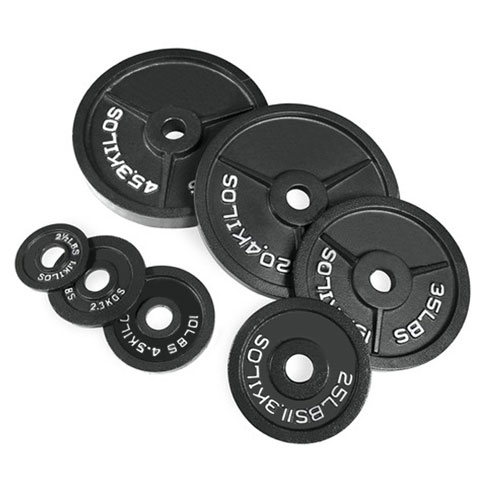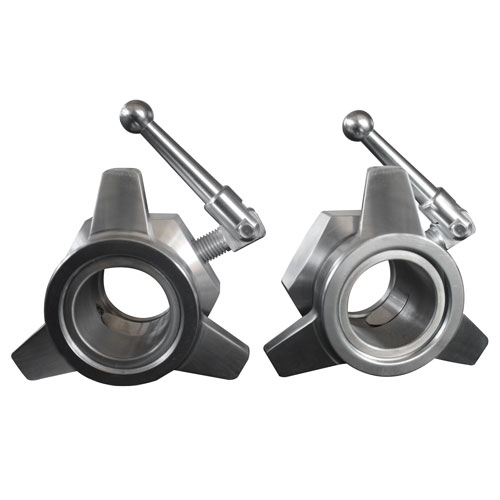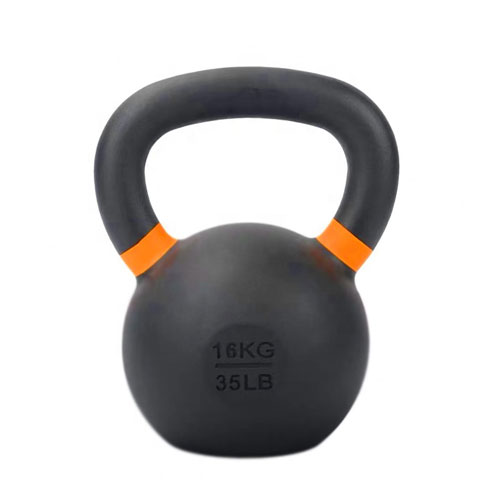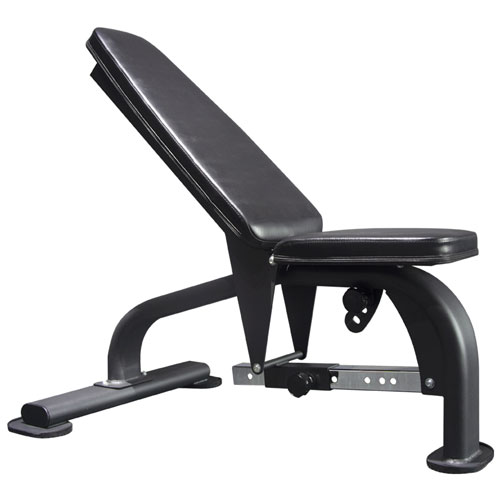Wholesale Guide: Profitable Kettlebells

In the booming fitness industry, kettlebells have emerged as a popular tool for both professional athletes and fitness enthusiasts alike. As a wholesaler, tapping into the growing demand for kettlebells presents a lucrative opportunity to generate substantial profits. This comprehensive guide provides a detailed roadmap to establish a successful kettlebell wholesale business, covering everything from supplier selection to customer service and branding.
Benefits of Wholesaling Kettlebells
Wholesaling kettlebells offers numerous advantages:
- High Demand: Kettlebells are versatile fitness equipment used for various exercises, from strength training to cardiovascular workouts.
- Competitive Margins: Wholesalers can purchase kettlebells in bulk at competitive prices, allowing for significant markups.
- Low Competition: While the retail market for kettlebells is saturated, wholesaling faces less competition, providing greater profit potential.
- Repeat Business: Gyms, fitness studios, and personal trainers often require regular kettlebell supplies, creating opportunities for recurring revenue.
Market Demand and Trends
Market Analysis:
Research indicates a steady rise in the popularity of kettlebell training worldwide. Factors such as the accessibility of online fitness programs, increased awareness of functional fitness, and the growing demand for home workouts have contributed to this trend.
Target Market:
The target market for kettlebells includes:
- Fitness Facilities: Gyms, fitness studios, boot camps
- Personal Trainers: Certified trainers who provide individualized fitness guidance
- Retail Stores: Sporting goods stores, health food stores, and online retailers
- Corporations: Wellness programs for employees
Selecting a Reliable Supplier
Choosing a reputable supplier is crucial for product quality, reliable delivery, and competitive pricing. Consider the following factors:
- Product Quality: Ensure the supplier adheres to industry standards and offers high-quality kettlebells with durable construction and accurate weights.
- Manufacturing Capacity: Assess the supplier's ability to meet bulk orders consistently and maintain inventory levels.
- Pricing and Payment Terms: Negotiate competitive prices and favorable payment terms that maximize profitability.
- Customer Service: Select a supplier with responsive and helpful customer support to resolve any issues promptly.
- Certifications and Standards: Verify the supplier's compliance with relevant certifications (e.g., ASTM) and industry standards.
Pricing Strategy for Profitability
Setting the right prices is essential for maximizing profits while maintaining competitiveness. Consider:
- Wholesale Cost: Determine the average cost of kettlebells in bulk from reputable suppliers.
- Market Analysis: Research prevailing retail prices to gauge market demand and price sensitivity.
- Margin Analysis: Calculate the desired profit margin to determine the wholesale price point.
- Competitive Pricing: Analyze competitor pricing to ensure the wholesale prices are competitive without compromising profitability.
- Value-Added Services: Offer additional services, such as customized branding or bulk discounts, to justify higher pricing.
Marketing and Sales Channels
Effective marketing is vital for reaching your target market and generating sales. Explore various channels:
- Online Marketplace: List kettlebells on platforms like Amazon Business, Faire, and Alibaba.
- Social Media Marketing: Engage with potential customers on social media platforms to promote your products.
- Content Marketing: Create valuable content, such as workout videos, training guides, and product reviews, to attract and educate your audience.
- Trade Shows and Events: Participate in industry trade shows to showcase your kettlebells and connect with potential buyers.
- Email Marketing: Build a customer database and send targeted email campaigns to promote sales and updates.
Inventory Management and Logistics
Proper inventory management ensures efficient order fulfillment and minimizes waste. Consider:
- Inventory Tracking: Implement a robust inventory management system to track stock levels and prevent overstocking or shortages.
- Warehouse Space: Secure adequate warehouse space to accommodate bulk kettlebell storage and order fulfillment.
- Shipping and Logistics: Partner with reliable shipping carriers to ensure timely and cost-effective delivery.
- Bulk Packaging: Use appropriate packaging materials to protect kettlebells during transit and reduce shipping costs.
- Inventory Optimization: Analyze sales data to identify peak demand periods and adjust inventory levels accordingly.
Customer Service and Retention
Exceptional customer service fosters loyalty and drives repeat business. Implement the following strategies:
- Responsive Communication: Establish clear communication channels to address customer inquiries promptly and effectively.
- Problem Resolution: Handle customer complaints and issues swiftly and professionally, aiming for satisfaction and retention.
- Feedback Collection: Gather customer feedback to identify areas for improvement and enhance the overall customer experience.
- Loyalty Programs: Offer loyalty discounts, rewards, and exclusive promotions to encourage repeat purchases.
- Personalized Support: Provide personalized recommendations and support to demonstrate value and build relationships.
Building a Strong Kettlebell Brand
Establishing a distinct brand identity is crucial for differentiation and customer recall. Consider:
- Unique Value Proposition: Identify the unique selling points of your kettlebells that set them apart from competitors.
- Brand Story: Craft a compelling brand story that connects with your target market and resonates with their fitness goals.
- Visual Identity: Develop a strong brand identity with a recognizable logo, colors, and packaging design.
- Social Media Presence: Maintain a consistent brand image and engage with customers on social media platforms.
- Customer Testimonials: Collect and showcase customer testimonials to build credibility and trust.
Legal and Regulatory Compliance
Compliance with laws and regulations is essential for business safety and integrity. Ensure:
- Business Licenses and Permits: Obtain necessary business licenses and permits required for your location.
- Product Liability Insurance: Secure adequate product liability insurance to protect your business from potential claims.
- Weight Accuracy Regulations: Adhere to regulations regarding the accuracy of kettlebell weights to ensure safety and customer satisfaction.
- Shipping Regulations: Comply with shipping regulations for hazardous materials and heavy items.
- Intellectual Property Rights: Respect intellectual property rights by obtaining necessary authorizations for designs or branding.
Conclusion
Wholesaling kettlebells offers a lucrative opportunity for profit and growth in the booming fitness industry. By following the comprehensive strategies outlined in this guide, you can establish a successful kettlebell wholesale business. Choose reliable suppliers, set competitive prices, market effectively, manage inventory efficiently, and provide exceptional customer service. Embracing the tips and insights presented here will empower you to build a strong kettlebell brand, drive sales, and sustain profitability over the long term.
Seeking a Reliable Partner for Quality Kettlebells?
When choosing kettlebell suppliers, prioritize those with a proven reputation for quality, a diverse product range, and customization options. A supplier with a solid track record can provide the stability and reliability your business needs.
Discover how Leadman Fitness can provide tailored kettlebell solutions to meet your business needs. Click here to learn more.

